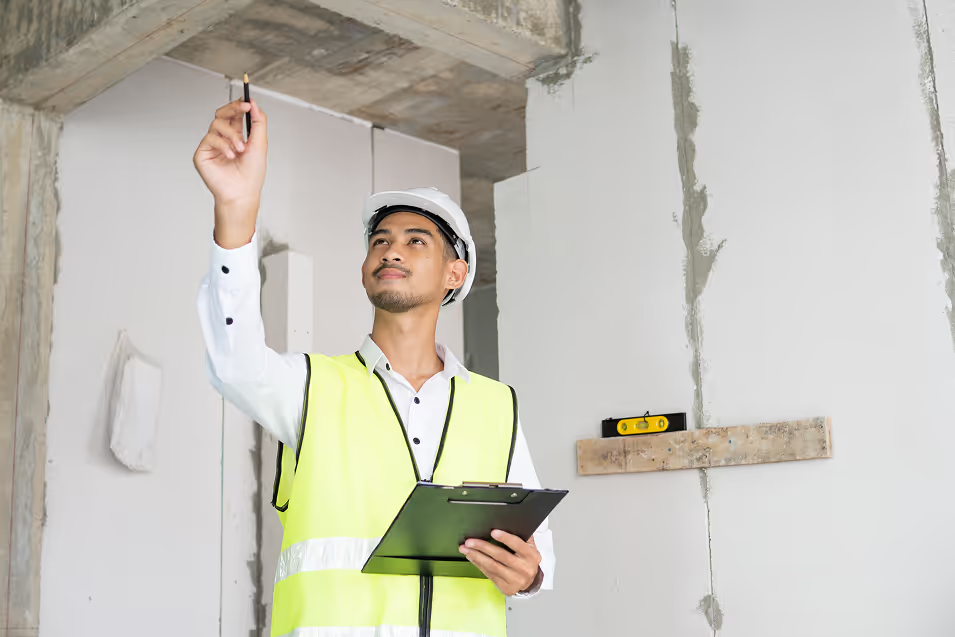
Roof Torn Off or Leaking After a Storm? Here’s What to Do First
A storm-damaged roof can turn into a full-blown disaster in minutes. Whether your roof has been partially torn off by high winds or you’re dealing with an active leak, your response in the first few hours is critical. Delays can lead to water intrusion, structural damage, and mold growth. Here’s exactly what to do—step by step—if your roof is leaking or ripped open after a storm.
1. Stay Safe and Get Everyone Inside
If your roof is compromised, high winds or falling debris may still be a danger. Get everyone to a safe, covered area of the home—or evacuate if the structure feels unstable. Avoid rooms with sagging ceilings, exposed wiring, or active leaks.
2. Avoid Electrical Hazards
Do not touch or walk through water if it’s near electrical outlets, light fixtures, or exposed wiring. Shut off the main breaker if you suspect water has entered the home. When in doubt, wait for a professional.
3. Document the Damage Immediately
Before cleanup, take photos and videos of the affected areas—both inside and out. Capture:
- Exposed or missing roof sections
- Interior leaks and ceiling damage
- Wet belongings or structural shifts
This documentation will be critical for your insurance claim and helps restoration professionals understand the scope of damage.
4. Call a Storm Restoration Company for Emergency Tarping
A licensed storm restoration company can respond within hours to provide emergency tarping or temporary roof covering. This helps:
- Stop further water intrusion
- Reduce the risk of mold and interior damage
- Secure the home against theft or wildlife
Don’t wait. The sooner the home is protected, the less the storm will cost you.
5. Contact Your Insurance Provider
Report the damage to your insurance company right away. Ask about temporary housing coverage, deductible details, and what documentation they require. Some policies cover emergency tarping and initial mitigation—so keep all receipts.
6. Remove Valuables and Prevent Interior Damage
If water is actively leaking, place buckets or containers under the drip points. Move furniture, electronics, and valuables out of the area to avoid further damage. Cover items with plastic sheeting if you can’t move them quickly.
7. Don’t Attempt Major Repairs Yourself
It’s okay to do minor, temporary fixes (like placing a tarp or catching drips), but leave structural roof repairs to professionals. Walking on a damaged roof is dangerous and may worsen the issue or void your insurance coverage.
8. Get a Full Roof Inspection and Estimate
Once emergency tarping is in place, a roofing specialist will inspect the entire system—including shingles, flashing, decking, and underlayment—to assess the extent of the damage. From there, they’ll provide a restoration plan and timeline.
In Summary
If your roof is leaking or torn off after a storm, time is your biggest asset. Move quickly, stay safe, and call professionals to stabilize your home and prevent further damage. Proper documentation, emergency mitigation, and expert repairs will get you back to normal—safely and efficiently.


.avif)
